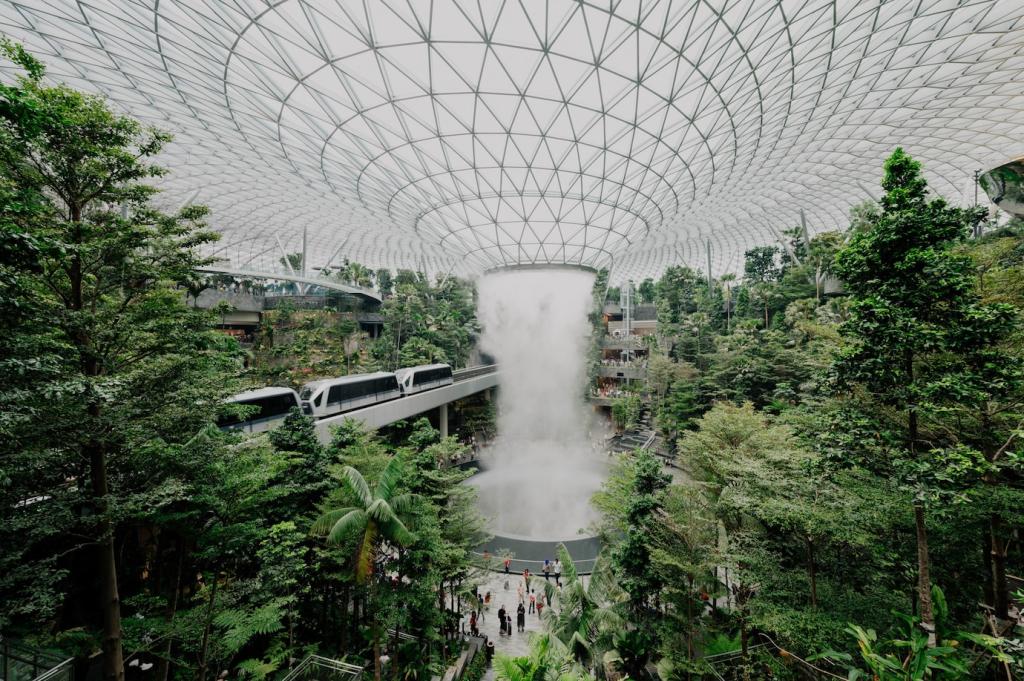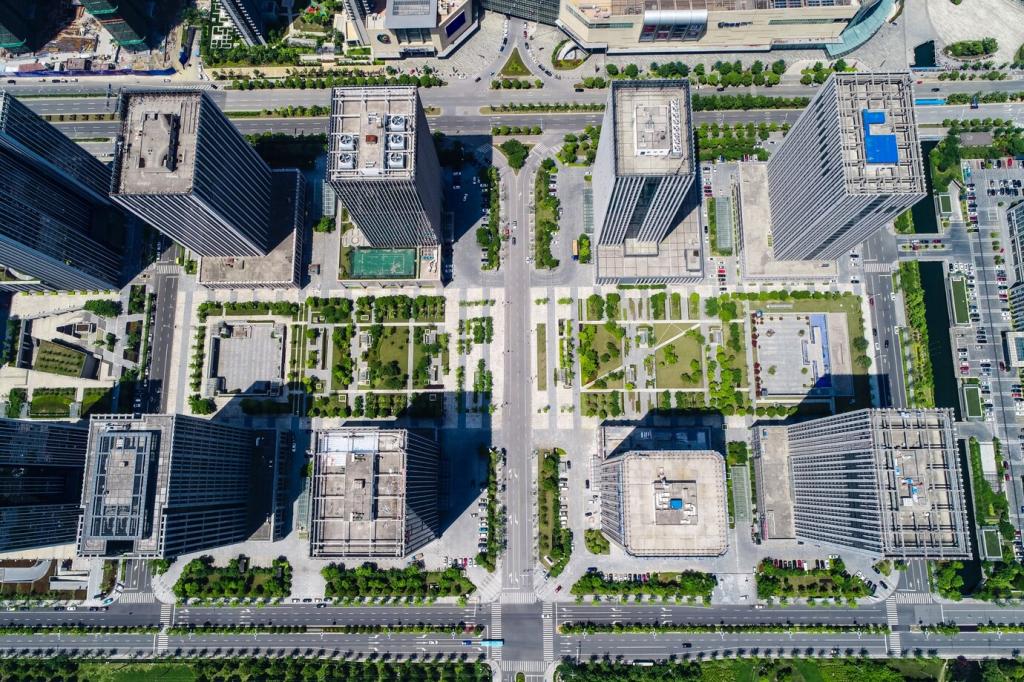This website uses cookies so that we can provide you with the best user experience possible. Cookie information is stored in your browser and performs functions such as recognising you when you return to our website and helping our team to understand which sections of the website you find most interesting and useful.
Renewable Energy Integration in Smart Cities
Renewable energy integration is rapidly transforming the landscape of urban environments, enabling smart cities to thrive with sustainability, efficiency, and resilience. Through advanced technologies, innovative planning, and community collaboration, smart cities are embracing clean energy sources and revolutionizing the way urban life functions. The seamless fusion of renewable energy within smart grids and city infrastructures not only lowers carbon emissions but also enhances quality of life. This dynamic approach is essential for meeting environmental goals, securing energy independence, and fostering eco-friendly urban growth. Explore the multifaceted journey of embedding renewable energy into the fabric of modern smart cities, where digital intelligence and sustainability intersect.
The Vision for Sustainable Urban Living
Defining Smart Cities and Their Sustainable Goals
The Role of Renewables in Urban Transformation
Community Empowerment Through Smart Energy Initiatives

Real-Time Energy Management Systems
Digital Twins and Predictive Analytics
Cybersecurity and Resilience in Smart Grids
Urban Mobility Powered by Clean Energy
Electric Vehicle Integration and Charging Networks
Clean Public Transit Initiatives
Micro-Mobility and Last-Mile Solutions
Distributed Energy Resources and Urban Resilience
Rise of Rooftop Solar and Home Energy Systems
Community Microgrids and Peer-to-Peer Trading
Urban Battery Storage and Flexibility Solutions
Renewable Energy in Urban Building Design
Energy-Positive and Net-Zero Buildings


Building-Integrated Renewable Technologies
Policy, Governance, and Regulatory Frameworks
Urban Energy Policy Development
Regulatory Support for Innovation and Integration
Stakeholder Engagement and Participatory Governance

Role of Smart Meters and IoT Sensors

Big Data Analytics for Urban Energy Optimization


